Ground Mounted Solar Panels: Unlocking Clean Energy Solutions with Storage Options
As the world embraces renewable energy, solar power has become a cornerstone of the transition to a more sustainable future. Among the various solar energy solutions, ground mounted solar panels array systems stand out for their efficiency, scalability, and adaptability. Designed to be installed on open land, these systems are ideal for businesses, farms, and organisations seeking to maximise energy generation.
Additionally, pairing ground mount solar panels with battery energy storage systems enhances their functionality, offering energy independence and reliability. In this blog, we’ll explore the benefits, applications, and installation process of ground mounted solar systems, while highlighting the advantages of incorporating battery energy storage systems.
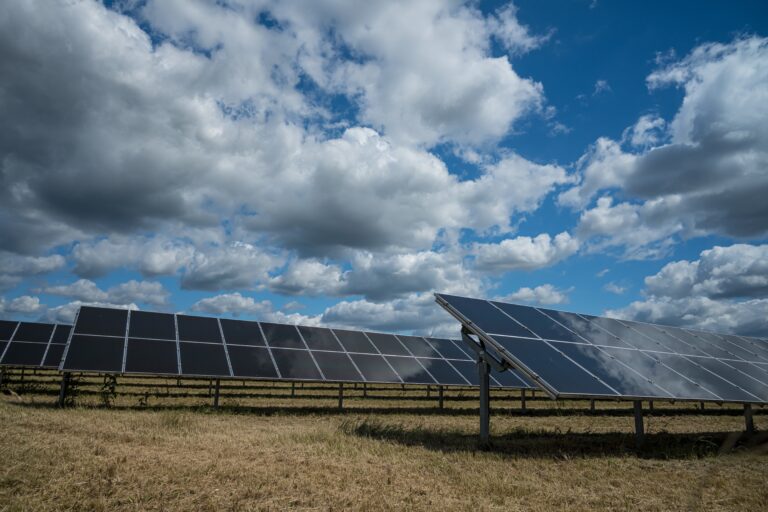
What Are Ground Mounted Solar Systems?
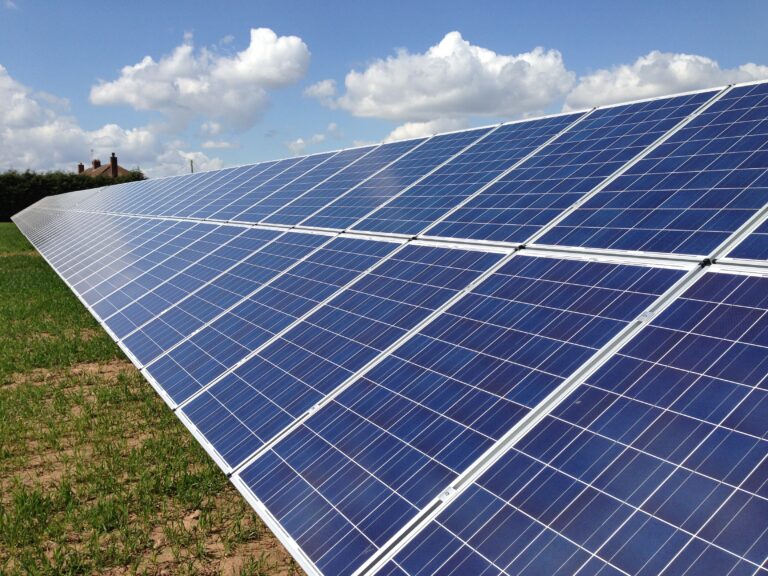
Ground mounted solar arrays are solar energy systems installed on the ground rather than rooftops. These systems typically consist of solar panels mounted on racking structures anchored to the ground, designed to capture and convert sunlight into electricity.
Unlike rooftop solar systems, which are limited by roof size and orientation, ground mounted solar panels can be scaled to accommodate larger arrays. This makes them an excellent choice for businesses, farms, and organisations with available land, as they can generate significantly more energy.
Advantages of Ground Mounted Solar Systems
Ground mounted solar panel systems offer numerous benefits, making them an attractive solution for properties with ample open space.
2. Optimal Tilt and Orientation
Unlike rooftop installations, ground mount solar arrays can be strategically positioned at the ideal tilt and orientation to capture the maximum amount of sunlight throughout the day. This results in higher energy production and improved overall efficiency.
1. Efficient Land Use
Ground mounted solar panels transform unused, low quality or underutilised land into productive, renewable energy sources. Whether it’s a vacant field, low-value agricultural land, or an empty lot, these systems maximise the potential of otherwise idle spaces.
3. Scalability for Larger Systems
Ground mounted solar systems can support significantly larger arrays than rooftop systems, making them ideal for businesses, industrial facilities, or farms with high energy demands. They are also well-suited for creating ground mounted solar farms to offset large-scale energy use or sell electricity back to the grid.
5. Flexibility for Expansion
Ground mount solar systems are highly adaptable, allowing for expansions as energy needs grow. This scalability ensures that your solar investment can evolve with your property’s requirements.
4. Ease of Maintenance
Ground mount solar panel installation allows for easy access to the system, simplifying routine maintenance, inspections, and repairs. Unlike rooftop systems, there’s no need for specialised equipment or extensive safety measures to reach the panels.
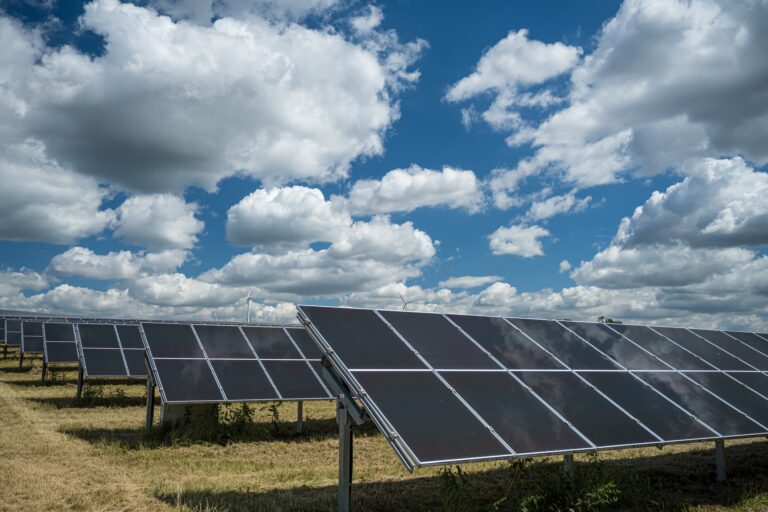
Battery Energy Storage Systems: Enhancing Solar Power Efficiency
Pairing ground mounted solar panels with battery energy storage systems (BESS) takes your clean energy solution to the next level. By storing excess energy generated during the day, battery systems allow you to use solar power even when the sun isn’t shining.
2. Backup Power During Outages
Battery systems provide a reliable backup power source during outages, ensuring that critical operations and appliances remain functional. This is especially valuable for businesses, farms, and off-grid properties.
1. Energy Independence
With a battery energy storage system, you can store surplus solar energy for use during periods of low sunlight, such as at night or on cloudy days. This reduces reliance on the grid and increases energy independence.
3. Cost Savings
By storing energy during peak production times and using it during peak demand hours, battery storage systems help reduce electricity costs. Many systems are also eligible for incentives and rebates, further offsetting the initial investment.
5. Integration with Off-Grid Solar Systems
For remote properties or off-grid applications, battery energy storage systems are essential. They ensure a consistent power supply, even in areas without access to the traditional power grid.
4. Grid Stability and Load Shifting
Battery storage systems contribute to grid stability by storing energy during periods of excess production and releasing it during peak demand. This load-shifting capability supports a more balanced and resilient energy grid.
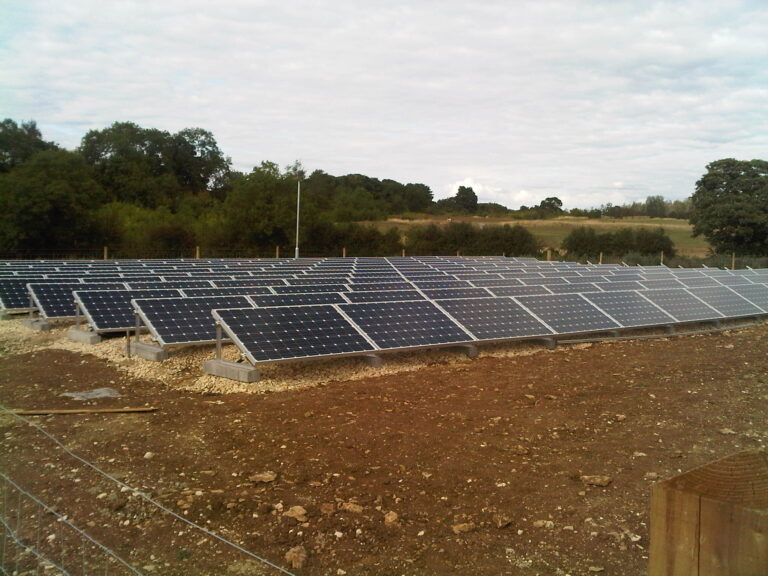
Applications of Ground Mount Solar Systems
Ground mount solar systems are incredibly versatile and can be tailored to a wide range of applications:
2. Agricultural Properties
Farms can benefit from ground mount solar panel systems by using low-value or unused land for energy generation. These systems can power irrigation systems, barns, and other equipment, reducing operational costs and carbon footprints.
1. Ground Mount Solar Farms
Large-scale solar farms are ideal for businesses and organisations looking to generate significant amounts of renewable energy. These farms can cover acres of land, providing enough power to offset substantial energy use or sell electricity back to the grid.
4. Industrial and Commercial Applications
Ground mount solar systems are well-suited for industrial and commercial operations with high energy demands. Businesses can significantly reduce energy costs and meet sustainability goals by investing in these systems.
3. Off-Grid Solar System Services
For remote properties, combining ground mounted solar panels with battery energy storage systems creates a reliable off-grid solution. This setup ensures a consistent power supply without dependence on traditional utilities.
Solar Panels and Ground Mount Solar Systems Agricultural Land: Balancing Energy and Food Production
Ground mounted solar panel systems can be installed on agricultural land, but the best-quality agricultural land (Best and Most Versatile, or BMV) is reserved for food production. Solar farms are typically built on lower-grade agricultural land, such as Grade 3b, or on previously developed sites (brownfields), minimising their impact on farming while supporting renewable energy initiatives.
Key Land Quality Considerations
Previously Developed Land:
Repurposing brownfield sites for solar farms and ground mounted solar systems boosts sustainability and avoids disrupting active agricultural land.
BMV Land:
This high-quality agricultural land is reserved for growing crops to ensure food security. Solar farms and ground mounted solar systems are rarely developed here to prioritise farming.
Grade 3b Land:
Moderate-quality agricultural land is often used for solar farms because it strikes a balance between renewable energy development and agricultural use.
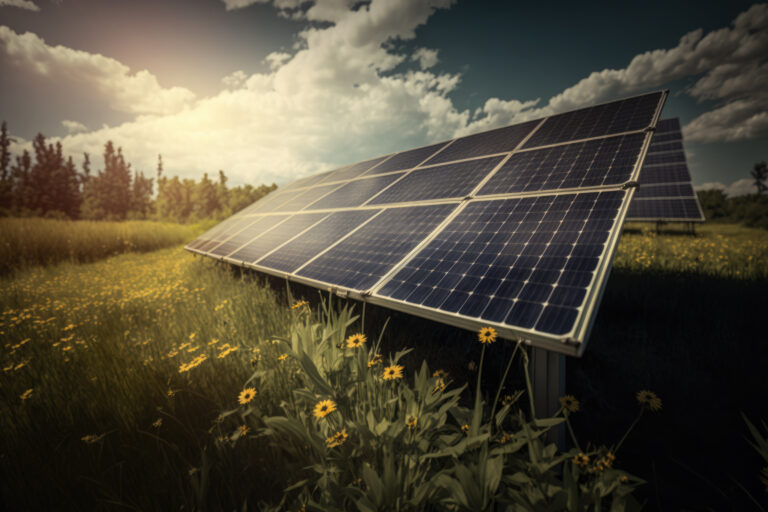
Terrain Preferences
Ground mounted solar panel systems and solar farms work best on clear, flat land with minimal wetlands and a maximum incline of 5 degrees. Developers also prioritise locations with easy access to roads and proximity to grid infrastructure for cost-effective installation and energy transmission. Land with wetlands, steep inclines, or shaded and north-facing slopes is less ideal due to reduced energy efficiency.
Other Considerations
Dual Use Opportunities:
Solar farms can be designed for dual use, supporting both renewable energy and agricultural activities, such as grazing livestock or planting vegetation to benefit pollinators.
Planning Permissions:
Solar farms often require planning permission, particularly on protected or listed land. Developers must address regulatory requirements and community concerns.
Cumulative Impacts:
Authorities assess the combined effects of multiple solar farms and ground mounted solar systems in the same area to maintain balanced land use and minimise environmental disruption.
Biodiversity Initiatives:
Ground mounted solar panel systems and solar farms can enhance sustainability by promoting wildlife habitats and planting wildflowers, contributing to local biodiversity and eco-friendly land management.
By prioritising lower-grade land and integrating sustainable practices, solar farms and ground mounted solar panel systems can coexist with agriculture, providing clean energy while supporting food production and environmental stewardship.
The Installation Process for Ground Mounted Solar Panels
Installing a ground mounted solar system is a straightforward process, though it requires careful planning to ensure optimal performance.
3. System Design
A customised system is designed to meet the property’s specific energy needs. This includes determining the array size, panel layout, and the addition of battery energy storage if required.
1. Site Assessment
A thorough site assessment is conducted to determine the best location for the system. Factors such as sunlight exposure, soil conditions, and land use are evaluated to design the most efficient setup.
2. Permitting and Approvals
Ground mounted solar panel installations often require permits and approvals from local authorities. Compliance with zoning laws, environmental regulations, and utility requirements is ensured during this step.
4. Installation
The system is installed by anchoring the racking structure to the ground, mounting the panels, and connecting the inverter and battery storage components. Depending on the project’s size, installation can take several days to weeks.
5. Testing and Activation
After installation, the system undergoes rigorous testing to ensure proper functionality. Once activated, the system begins generating clean energy.
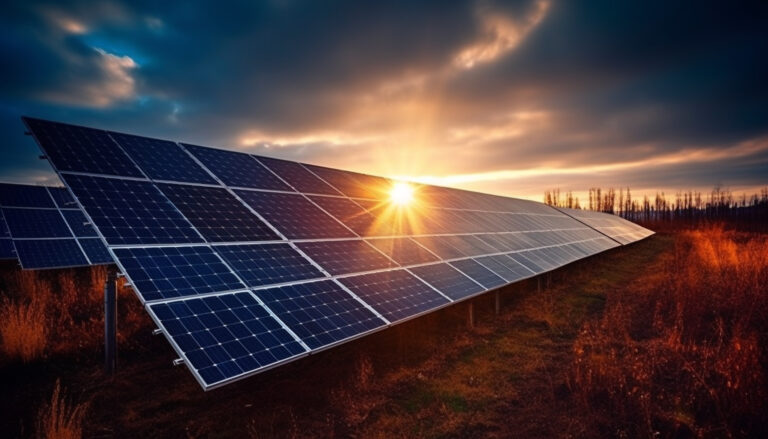
Ground Mounted System Services
To ensure long-term performance, ground mounted systems require ongoing support and maintenance. Key services include:
Monitoring and Optimisation:
Continuous monitoring to track energy production and optimise system settings.
Routine Maintenance:
Regular cleaning and inspections to ensure the panels operate at peak efficiency.
Repairs and Upgrades:
Addressing wear and tear and upgrading components to enhance system performance.
Conclusion
Ground mounted solar array systems offer an efficient, scalable, and sustainable solution for businesses, farms, and organisations seeking to harness renewable energy. By turning unused land into a source of clean energy, these systems provide numerous benefits, including increased energy output, easy maintenance, and flexibility for expansion.
When paired with battery energy storage systems, ground mounted solar panels deliver even greater value by providing energy independence, cost savings, and reliable power during outages. Whether you’re looking to establish a ground mounted solar farm, invest in off-grid solar system services, or reduce your property’s carbon footprint, these innovative systems offer a pathway to a greener future.
Ready to explore your options? Contact Excel Energy, a trusted provider of ground mounted system services to learn more about designing and installing a customised solution that meets your energy needs.
